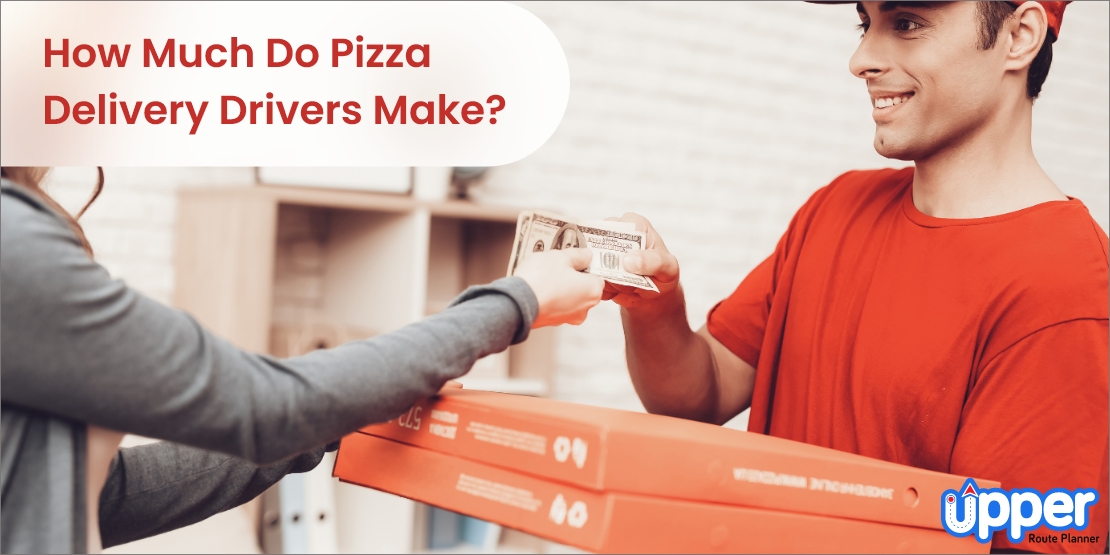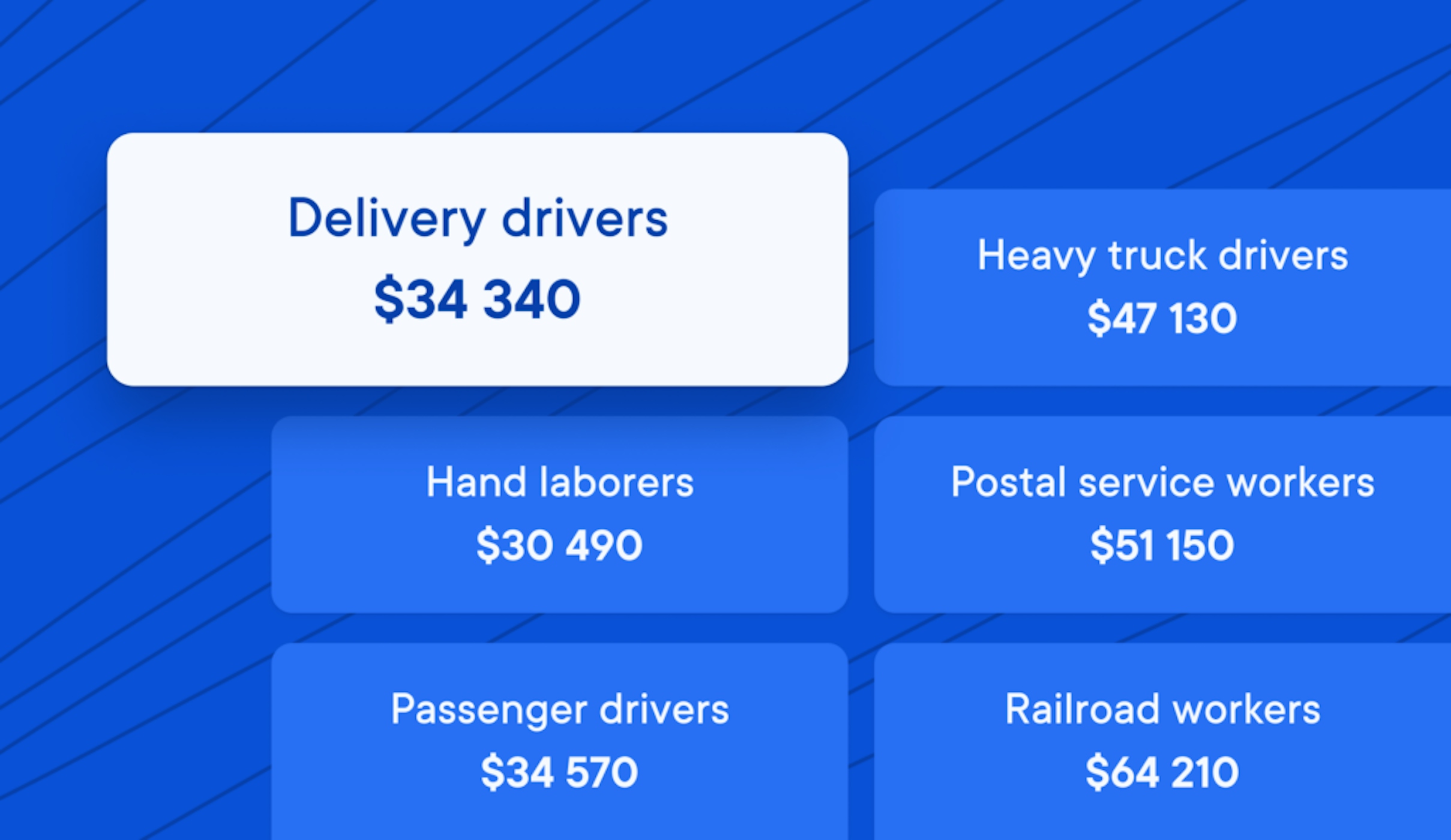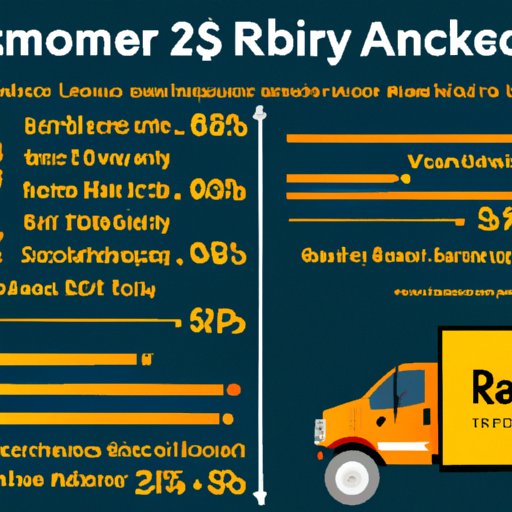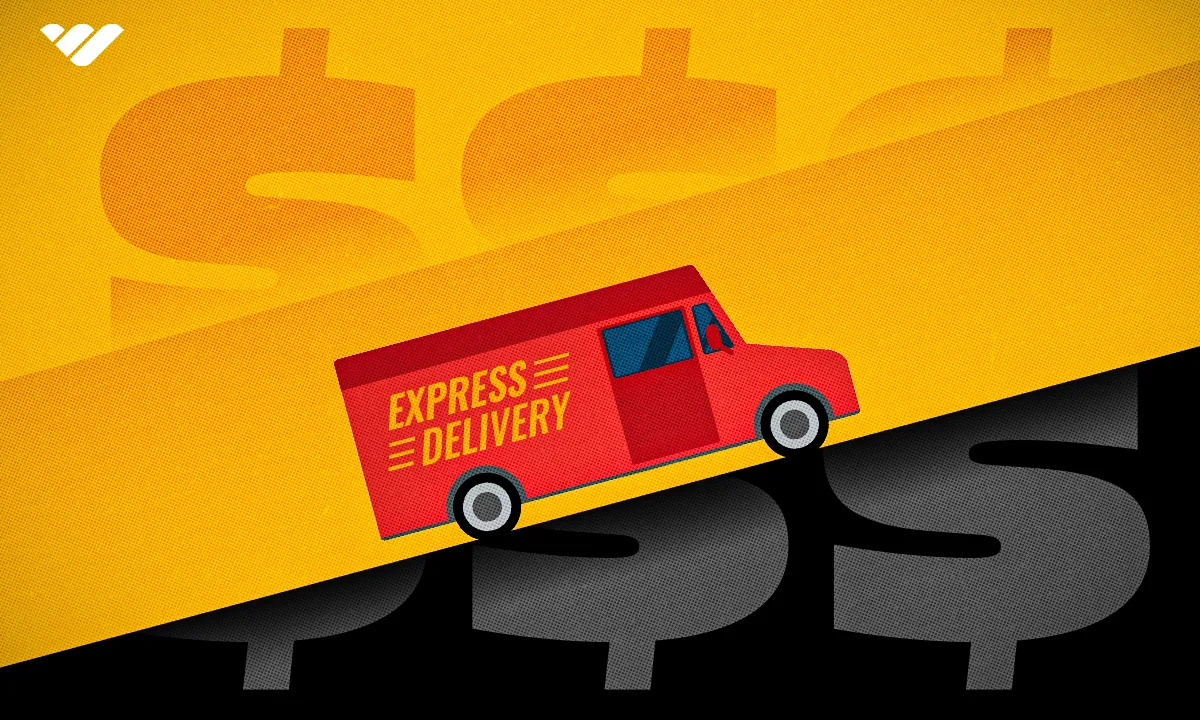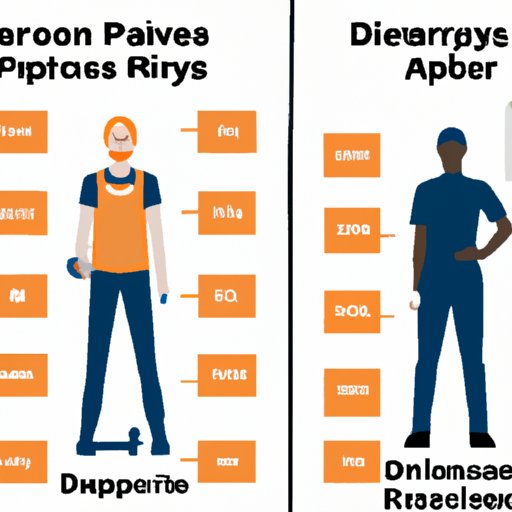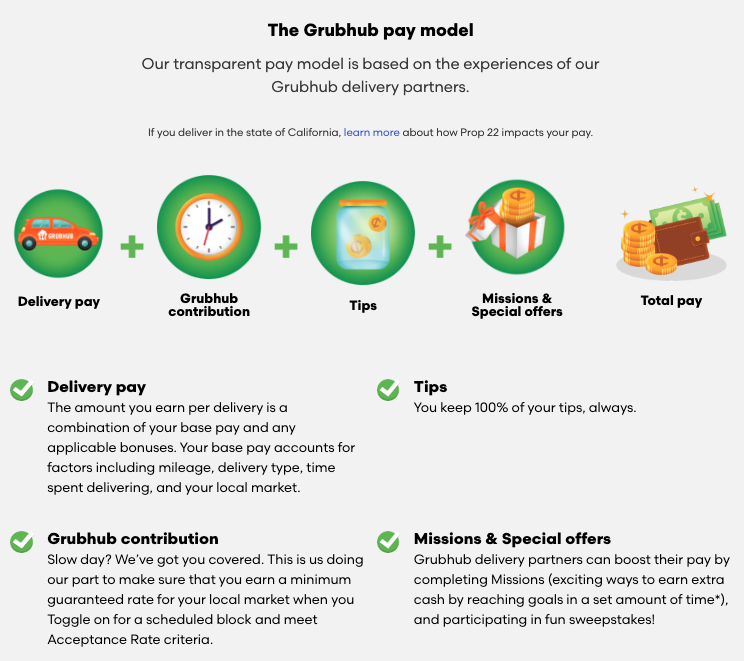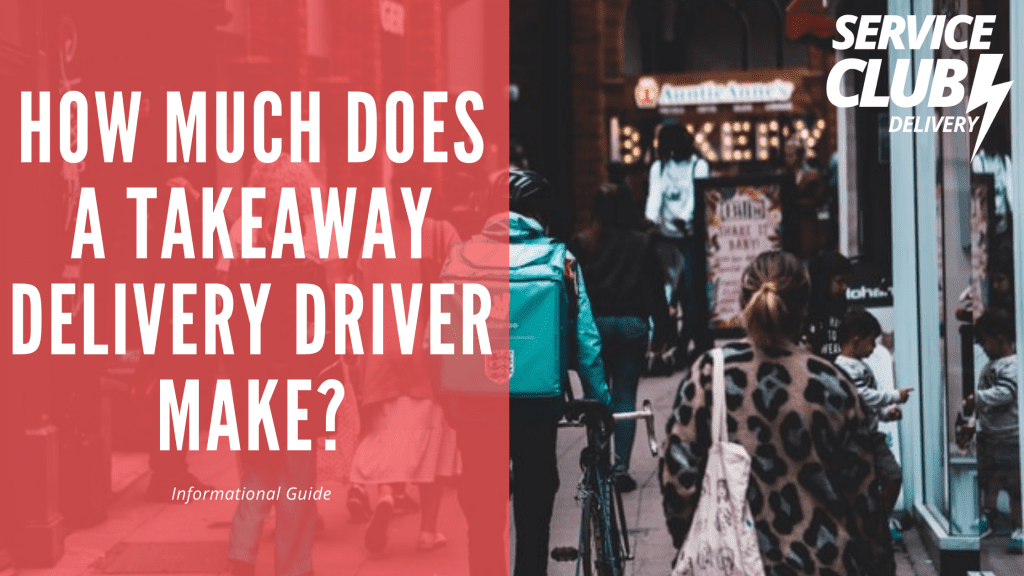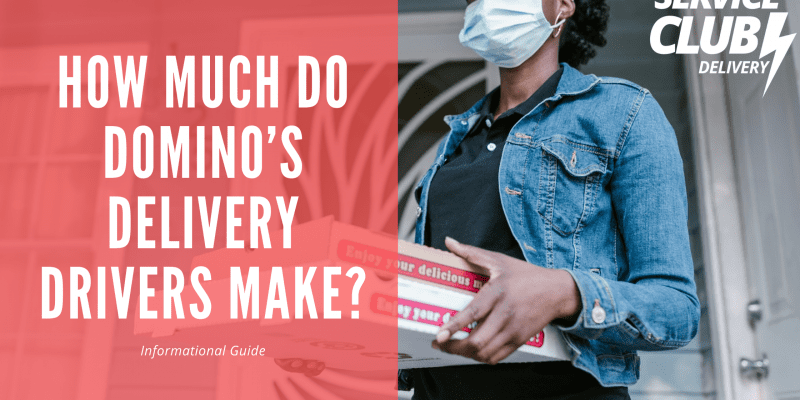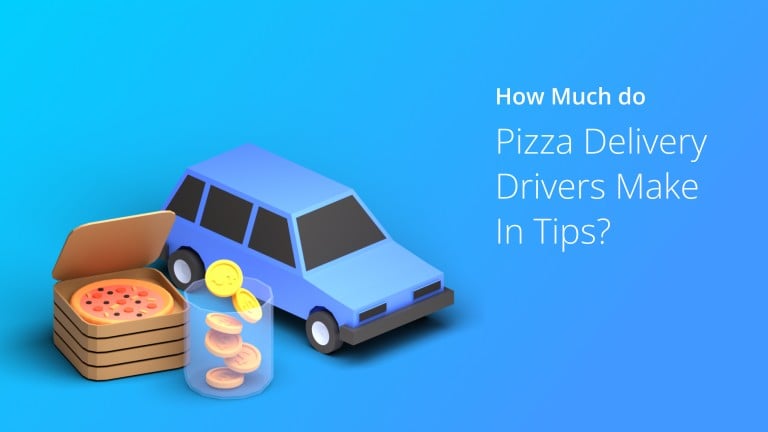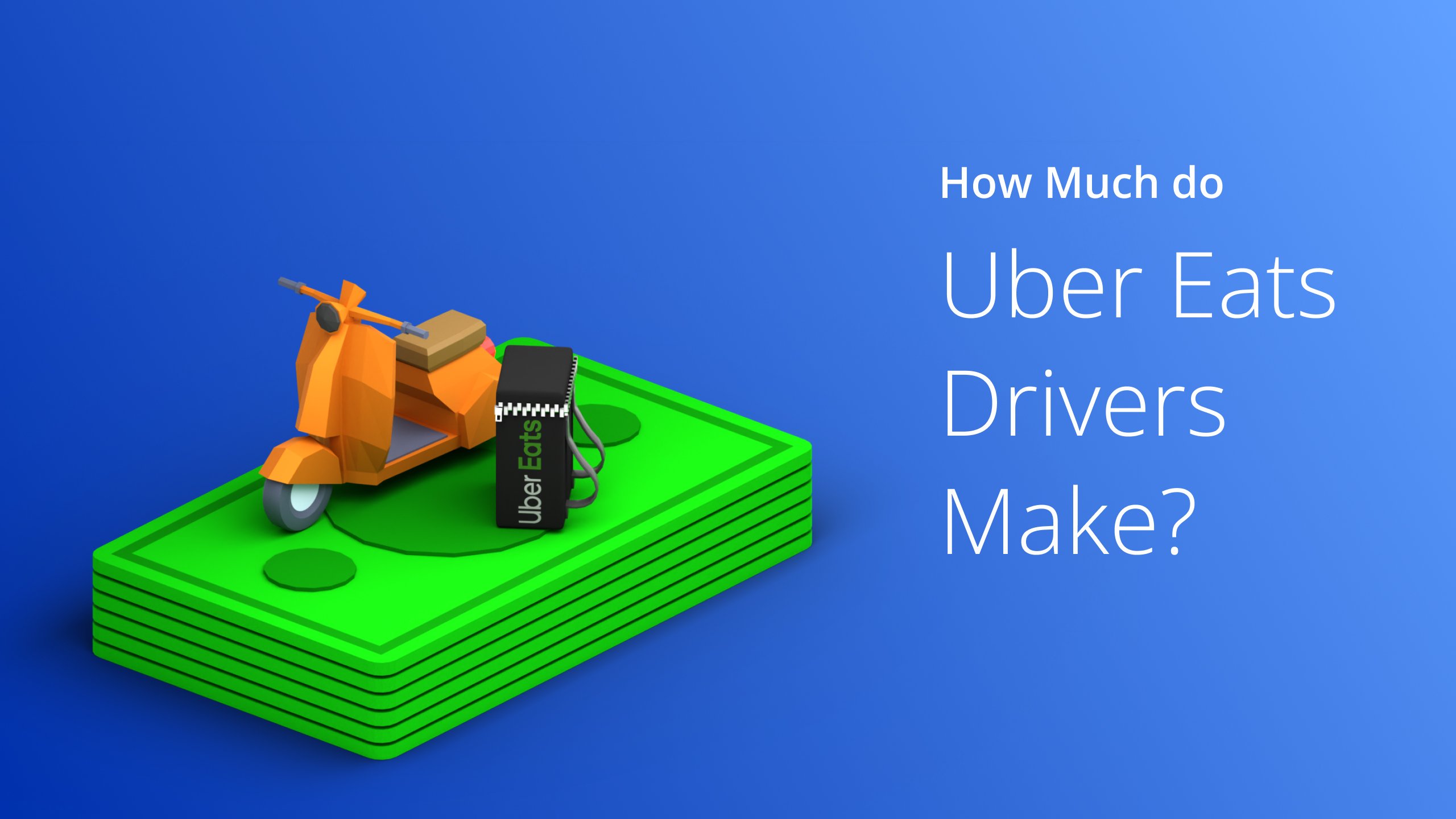How Much Do Eaze Delivery Drivers Make
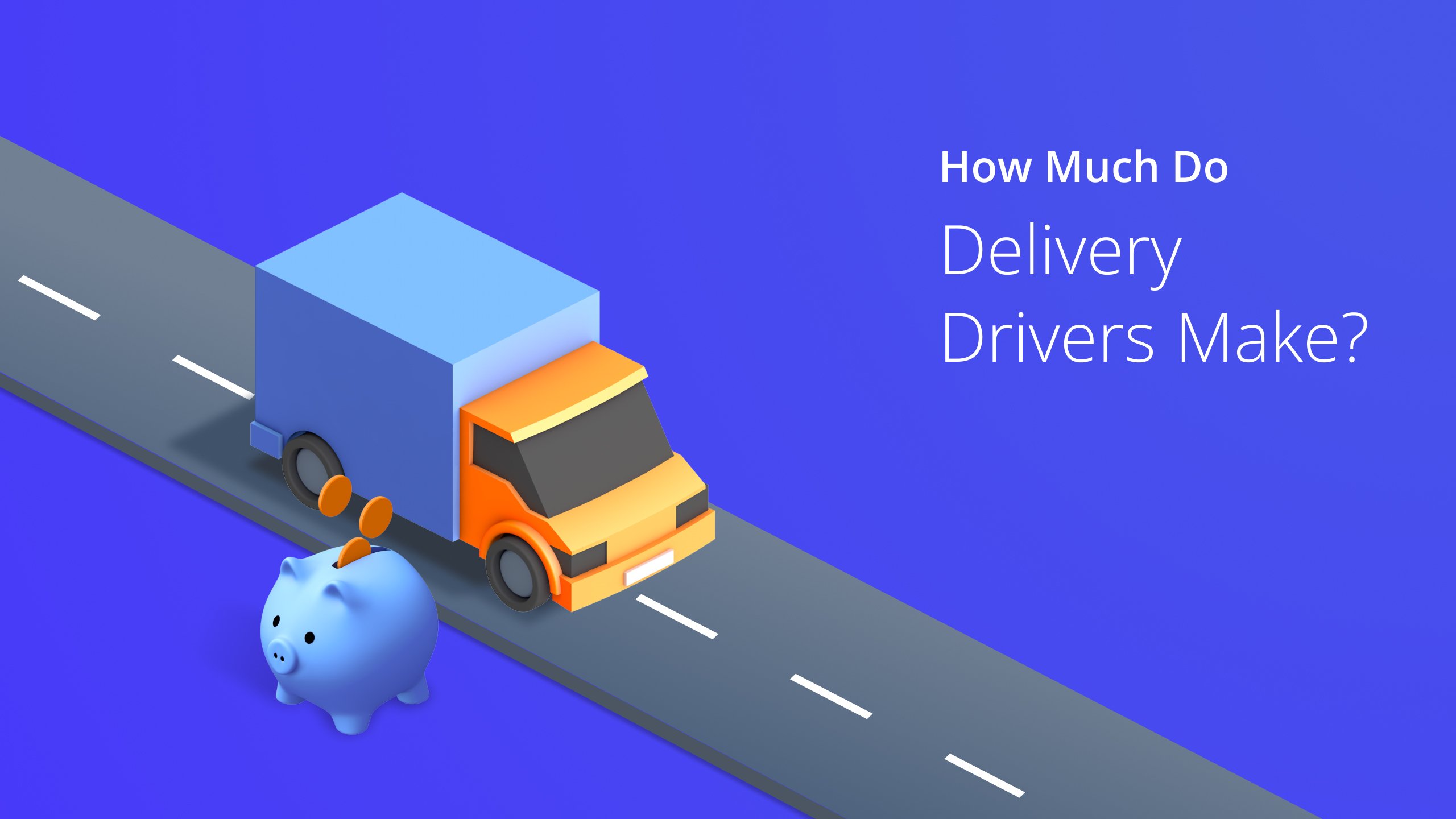
The aroma of California sunshine and, well, something a little greener, hangs in the air as a sleek electric bike whirs past, a bright green Eaze logo emblazoned on its delivery pack. It's a familiar sight in many Golden State cities, a silent promise of relaxation and recreation arriving at your doorstep. But beyond the convenience and the discreet packaging, a question lingers: how much do the individuals powering this cannabis delivery service actually earn?
This article dives into the often-murky world of gig economy pay, specifically focusing on Eaze delivery drivers. We’ll explore the base rates, potential for tips, and the factors influencing a driver's take-home pay, shedding light on the financial realities behind those convenient cannabis deliveries.
The Eaze Landscape: A Pioneering Platform
Eaze has been a major player in the California cannabis delivery scene since its inception in 2014. They have facilitated millions of cannabis deliveries, connecting consumers with licensed dispensaries. Their platform emphasizes safety, compliance, and, of course, convenience.
Before Eaze, accessing cannabis often meant navigating complex regulations or relying on less-than-reputable sources. Eaze aimed to bring legitimacy and ease to the process, significantly impacting the cannabis industry.
Base Pay and the Tipping Equation
Understanding Eaze driver pay requires navigating the nuances of gig economy compensation. Drivers are typically classified as independent contractors, meaning they are responsible for their own expenses, including gas (or electricity for bikes), vehicle maintenance, and insurance.
While precise figures are hard to pin down due to the independent contractor status, reports suggest that base pay typically ranges from minimum wage to slightly above, varying by location and demand. The real key to a driver's income lies in tips.
The generosity of customers plays a significant role in boosting earnings. In some areas, tips can account for a substantial portion of a driver’s income, potentially doubling or even tripling their base pay.
Factors Influencing Earnings
Several factors influence how much an Eaze driver ultimately takes home. Location is a big one, as areas with higher demand and a more affluent customer base generally yield more deliveries and larger tips.
Time of day also matters, with evenings and weekends being peak delivery times. A driver willing to work during these busier periods has the potential to earn significantly more.
Finally, efficiency and customer service are paramount. Drivers who are punctual, friendly, and provide a smooth delivery experience are more likely to receive positive reviews and generous tips.
The Gig Economy Reality: Costs and Considerations
While the prospect of earning good money through tips is appealing, it's crucial to remember the costs associated with being an independent contractor. Drivers are responsible for their own vehicle maintenance, insurance, and taxes.
The cost of gas or electricity, depending on the vehicle used, can also eat into profits. Furthermore, there's no guarantee of consistent work, and earnings can fluctuate depending on demand and competition.
Benefits such as health insurance and paid time off, typically associated with traditional employment, are also absent in this model.
Looking Ahead: The Future of Delivery Driver Compensation
The debate surrounding gig economy worker rights and compensation continues to evolve. There are ongoing discussions about providing more benefits and protections to independent contractors.
As the cannabis industry matures, and regulations become more standardized, we may see changes in how Eaze and other delivery platforms compensate their drivers.
Ultimately, the decision to become an Eaze driver hinges on carefully weighing the potential earnings against the associated costs and the realities of the gig economy. It's a choice that requires considering both the immediate financial prospects and the long-term implications of independent contractor status.
The green glow of that delivery bike fading into the California sunset represents more than just a convenient service. It represents the hopes and efforts of individuals navigating a complex economic landscape, striving to make a living in a rapidly changing industry. Their earnings, a reflection of demand, generosity, and their own hard work, tell a story of the modern gig economy in real-time.

